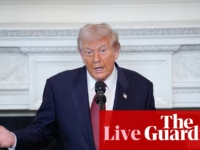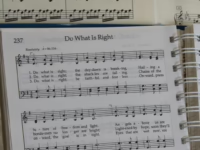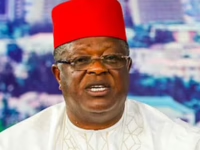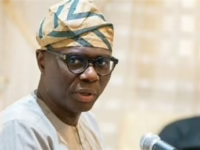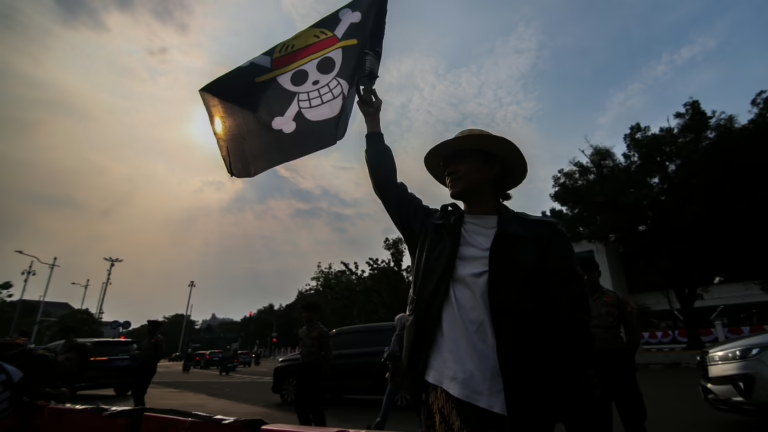Human rights advocates display posters and the Straw Hat Pirates’ Jolly Roger flag from the anime One Piece at the 873rd Kamisan Action in Jakarta, Indonesia, on August 14, 2025.
Claudio Pramana/NurPhoto via Getty Images
From the bustling streets of Johannesburg to the vibrant cities of Asia, Gen Z activists are rallying under a shared emblem: a smiling skull and crossbones donning a straw hat. Despite the diverse causes fueling these demonstrations, this symbol has become a unifying banner for youth worldwide.
Last month, this emblem was prominent when young Nepalese citizens protested against the extravagant lifestyles of their ruling class, ultimately toppling the government. It has also appeared during this year’s protests in Indonesia and the Philippines, and recently, Malagasy youth brandished it while demanding solutions to persistent water and electricity crises. Currently, it is a visible sign at Moroccan protests addressing inadequate healthcare services.
What drives young protesters across continents to adopt this particular Jolly Roger?
The flag originates from the acclaimed Japanese anime and manga series One Piece, which chronicles the adventures of a diverse crew of pirates known as the “Straw Hats,” led by the optimistic Monkey D. Luffy. Their quest involves challenging a tyrannical world government, embodying themes of rebellion and freedom.
Having captivated audiences globally through translations and a recent live-action adaptation on Netflix, One Piece has transcended entertainment to become a cultural touchstone.
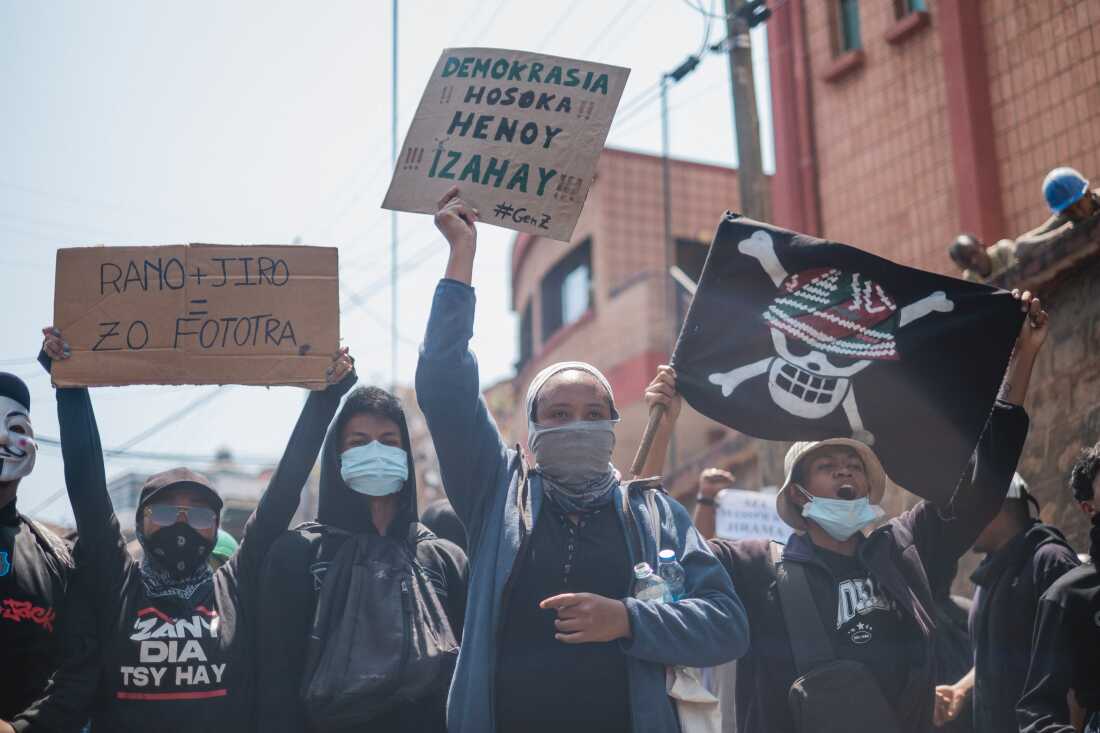
Demonstrators in Madagascar on September 25.
Victor LOCHON/Gamma-Rapho via Getty Images
Nuurrianti Jalli, an assistant professor at Singapore’s Yusof Ishak Institute and expert on Southeast Asian studies, highlights the core appeal of One Piece in protests: “The story centers on a band of outsiders and rebels who refuse to conform to an unjust system. This narrative resonates deeply with young people worldwide.”
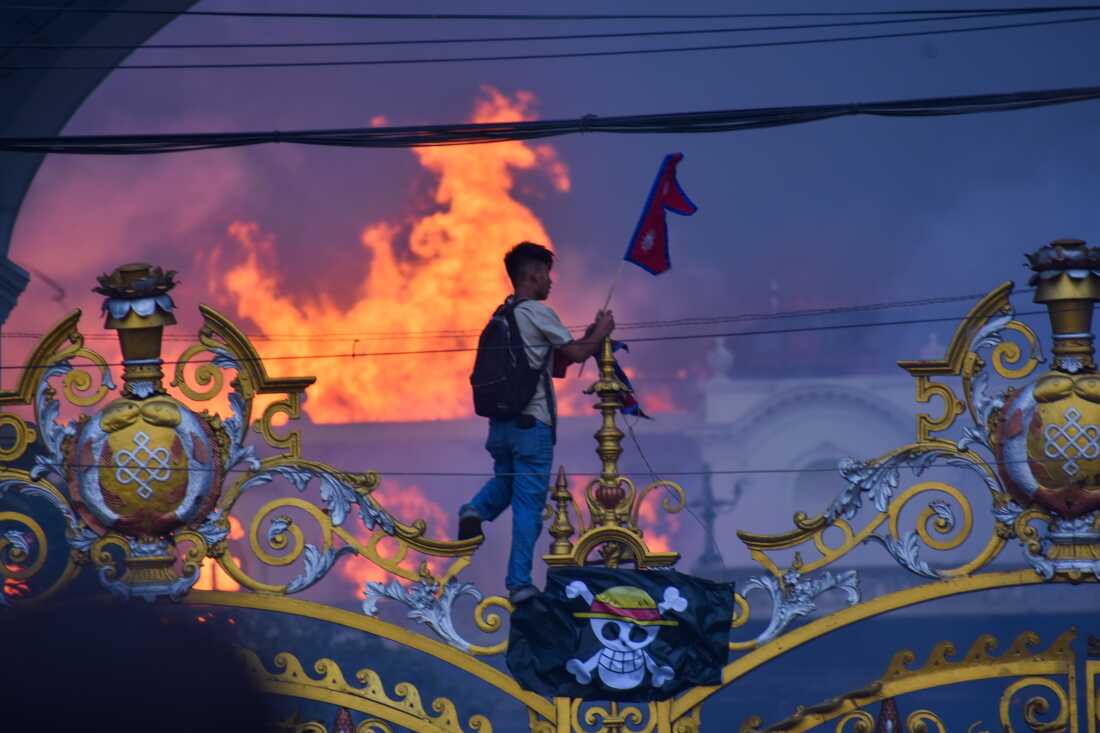
A man hoists a pirate flag amid smoke and fire at Singha Durbar, the seat of Nepal’s government ministries, Kathmandu, September 9, 2025.
Sunil Pradhan/Anadolu via Getty Images
She adds, “This story transcends borders. Whether in Africa, Asia, or elsewhere, young people who feel marginalized and silenced by their governments see themselves in these characters.”
A 23-year-old protester from Nepal, who requested anonymity for safety reasons, shares his connection to the series: “Beyond entertainment, the Straw Hat pirates represent freedom and the courage to resist oppressive authorities. That message truly inspired me.”
Similarly, a 25-year-old activist from Madagascar, also preferring to remain unnamed, identifies as a fan of One Piece. “The series reflects the global Gen Z movement’s fight against corruption and injustice. Monkey D. Luffy’s defiance of unfair power structures mirrors our own struggle,” he explains.
He notes that the Malagasy protesters have personalized the symbol by depicting the skull wearing a satroka bucket hat, traditional to Madagascar’s Betsileo community, blending local culture with the global icon.
Andrea Horbinski, a scholar specializing in modern Japanese history and manga, observes that when demonstrators display the One Piece flag, they are not only expressing fandom but also signaling solidarity with international protest movements that have adopted the emblem.
Could the use of the same flag by diverse groups with varying political views cause confusion?
Horbinski believes otherwise: “The pirate flag, whether the Straw Hat or another variant, carries a universal message of resistance. It’s unlikely to bewilder observers because it encapsulates a shared narrative.”
“Historically, pirates-and in One Piece-are figures who challenge governmental authority. Governments seek to suppress them because they reject imposed rules and assert their independence,” she explains.
However, some governments have reacted harshly to the flag’s appearance in protests. Indonesian authorities have hinted that displaying it might be considered treasonous, prompting Amnesty International to defend the demonstrators’ right to free expression.
The Straw Hat Jolly Roger is not the first pop culture icon to be embraced by protest movements. In Hong Kong, activists repurposed the alt-right meme Pepe the Frog as a symbol of democracy. Myanmar’s anti-military protesters adopted the three-finger salute from The Hunger Games. Globally, masks from V for Vendetta and The Joker films have also become emblems of dissent.
“These symbols are widely recognized, making them effective tools for quickly communicating a protester’s stance,” Horbinski notes, adding that similar trends occur in the United States.
For instance, during the “No Kings” protests against former President Trump in June, some signs referenced Andor, a Star Wars series about a rebellion against authoritarian rule.
Yet, for today’s Gen Z activists, the anime’s flag embodies a rebellious spirit unmatched by traditional political symbols.
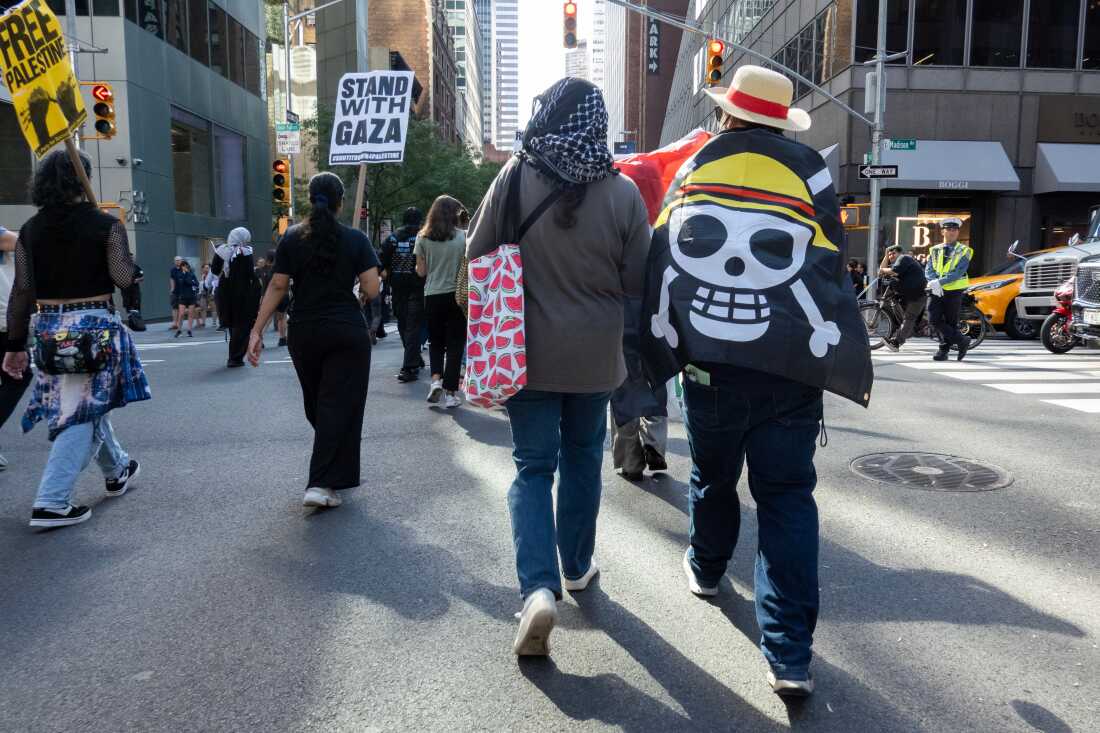
A demonstrator outside the United Nations headquarters in New York displays a Monkey D. Luffy pirate flag from the One Piece manga and anime on September 26, 2025.
Ted Shaffrey/AP



